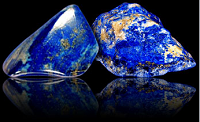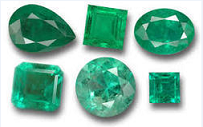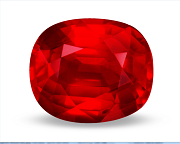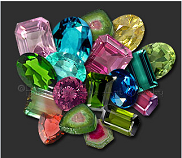MINING IN AFGHANISTAN:
-
Afghanistan is a country which is extremely rich in natural resources. It was estimated that forty million years ago the tectonic plates of India-Europe, Asia and Africa collided in a massive upheaval which created the region of towering mountains that now includes Afghanistan. This diverse geological foundation has resulted in a significant mineral heritage with over 1,400 mineral occurrences recorded to date, including lithium and uranium, iron ore, cobalt, natural gas and oil and other non-precious minerals and metals such as lead, cement-grade limestone, gemstones, copper, gold and salt.
The resources of Afghanistan make it one of the richest mining regions in the world. It has a great variety of precious and semi-precious stones with 73 records of mines and deposits. In fact, some of the earliest records of mining anywhere in the world are from Afghanistan, dating back over 6000 years. The country is well known for its precious stones like lapis-lazuli, emerald, ruby and tourmaline but it also has occurrences of other stones such as aquamarine, amethyst, and topaz. -




-
There are about six lapis mines in Afghanistan, the largest of which is located in badakhshan province and around 12 copper mines located in Logar province of Afghanistan. Afghanistan has large untapped energy and mineral resources, which has a great potential to contribute to the country's economic growth and development and the country is also known to have invited 200 global companies for the development of its mines.
Since Afghanistan has abundant non-fuel mineral resources, including both known and potential deposits of a wide variety of minerals ranging from copper, iron, and sulfur to bauxite, lithium, and rare-earth elements, it was announced in 2010 that about $1 trillion worth untapped mineral deposits were identified in Afghanistan, enough to fundamentally alter the Afghan economy. The other reports revealed that the total mineral riches of Afghanistan can be of worth over $3 trillion US dollars."The previously unknown deposits ? including huge deposits of iron, copper, cobalt, gold, and critical industrial metals like lithium ? are so big and include so many minerals that are essential to modern industry that Afghanistan could eventually be transformed into one of the most important mining centers in the world". Ghazni Province may hold the world's largest lithium reserves. The ?Afghan President Hamid Karzai remarked "Whereas Saudi Arabia is the oil capital of the world, Afghanistan will be the lithium capital of the world."
The biggest mineral deposits discovered so far are of iron and copper, and the quantities are large enough which makes Afghanistan a major world producer of both. Other findings include large deposits of niobium, a soft metal used for the production of superconducting steel, rare earth elements and large gold deposits in the Pashtun areas of southern Afghanistan.
American geologists are known to have found large deposits of lithium on dry salt lakes in western Afghanistan recently. It is known that the province of Ghazni once showed the potential for lithium deposits as large of those of Bolivia, which now has the world?s largest known lithium reserves.








